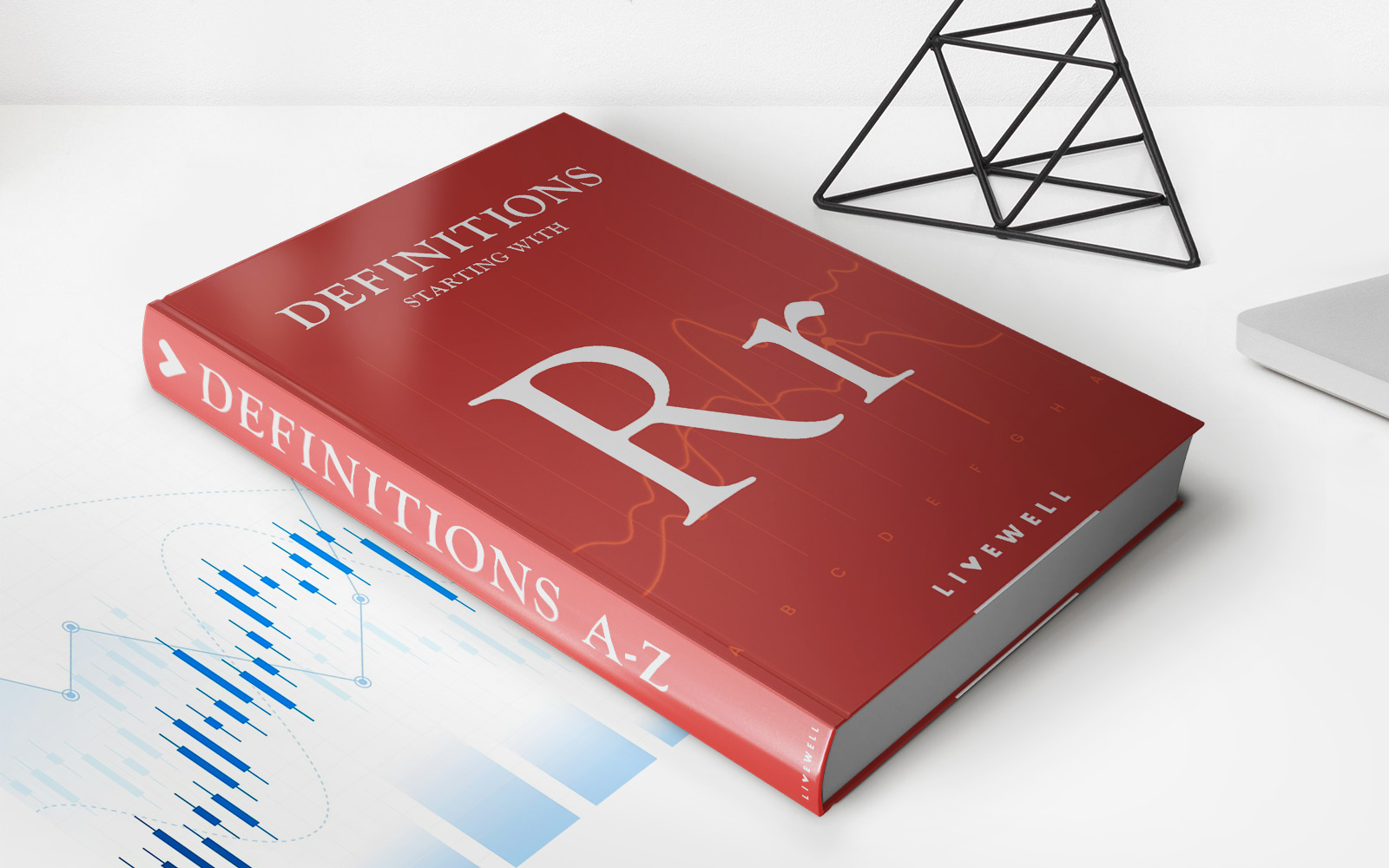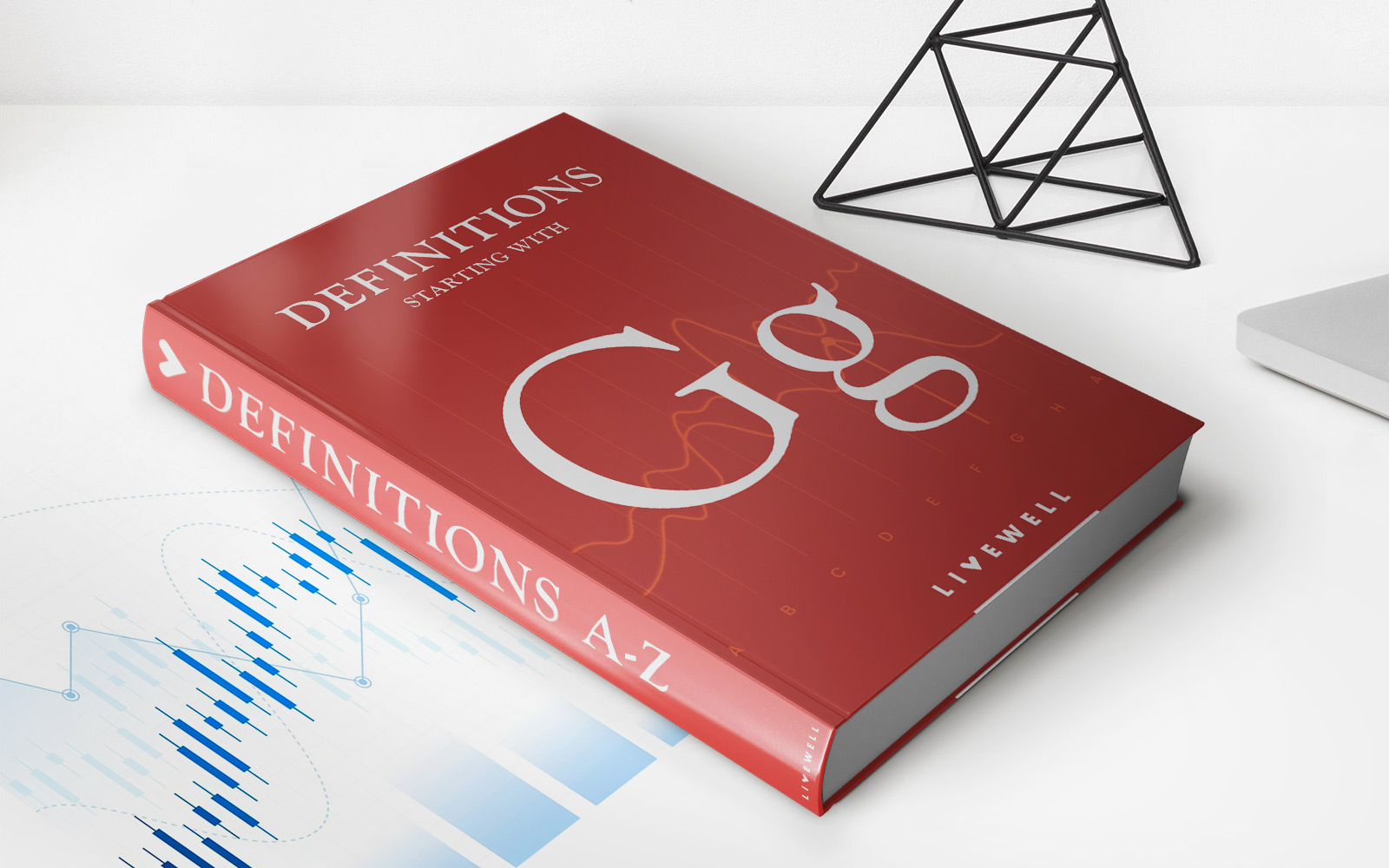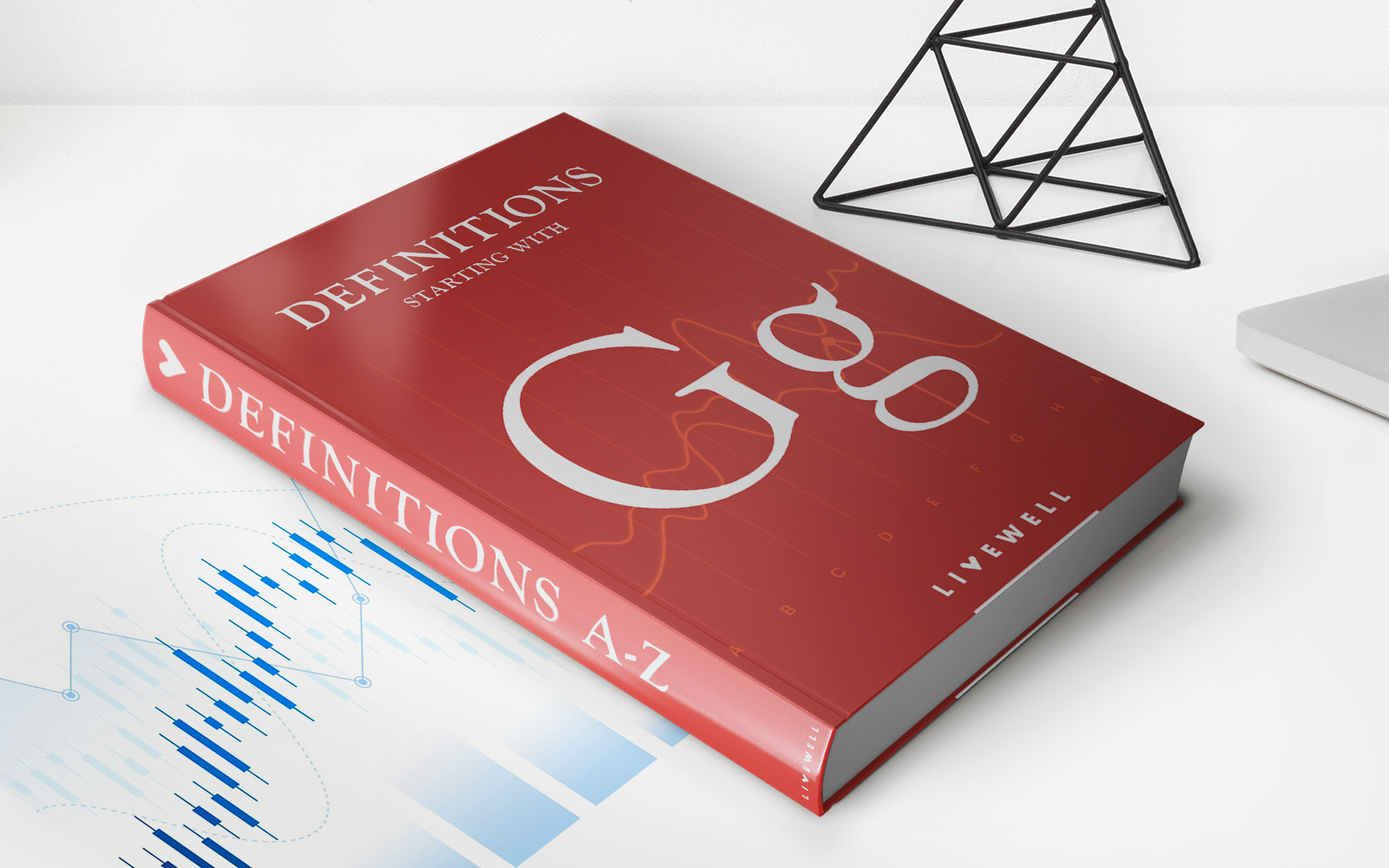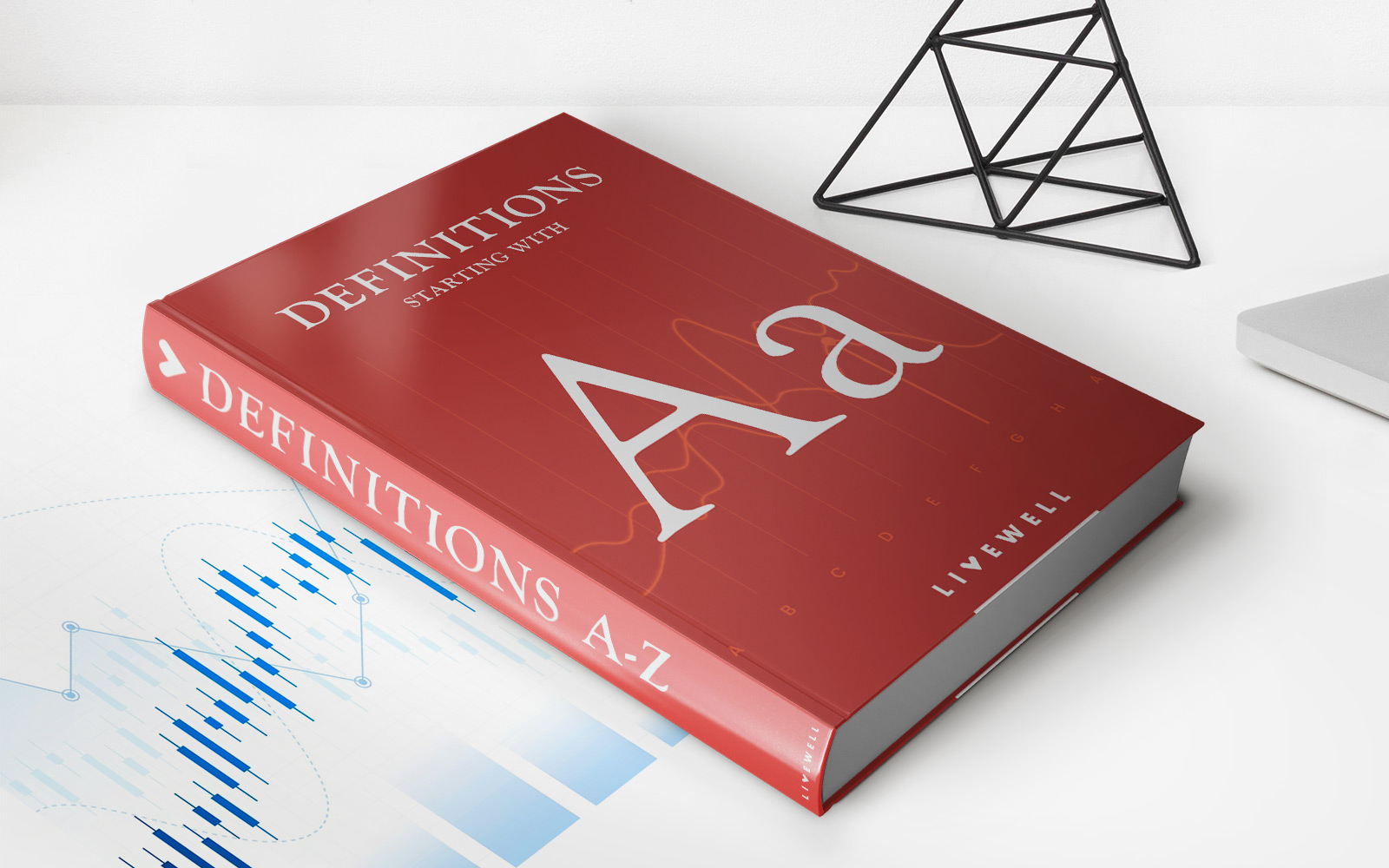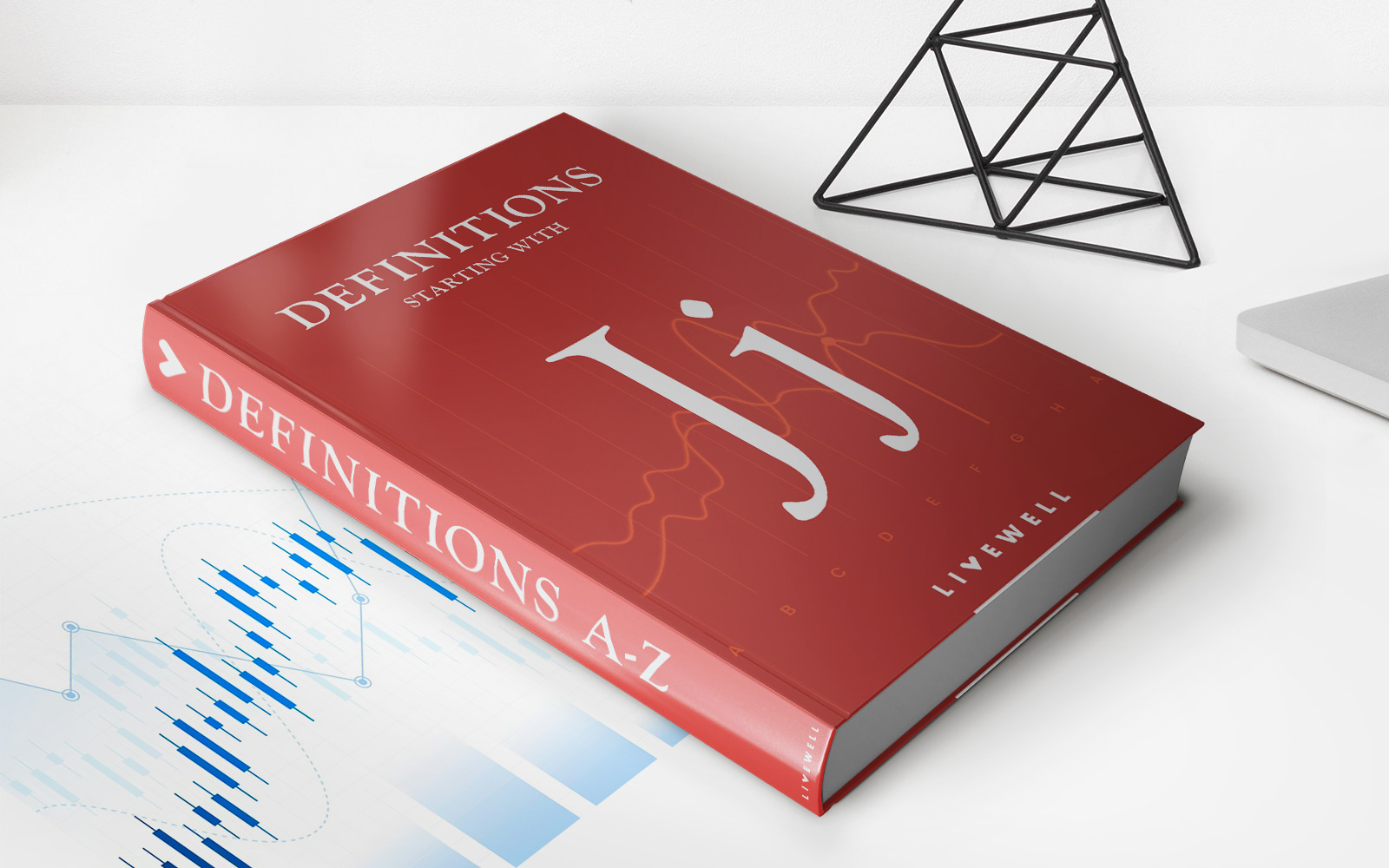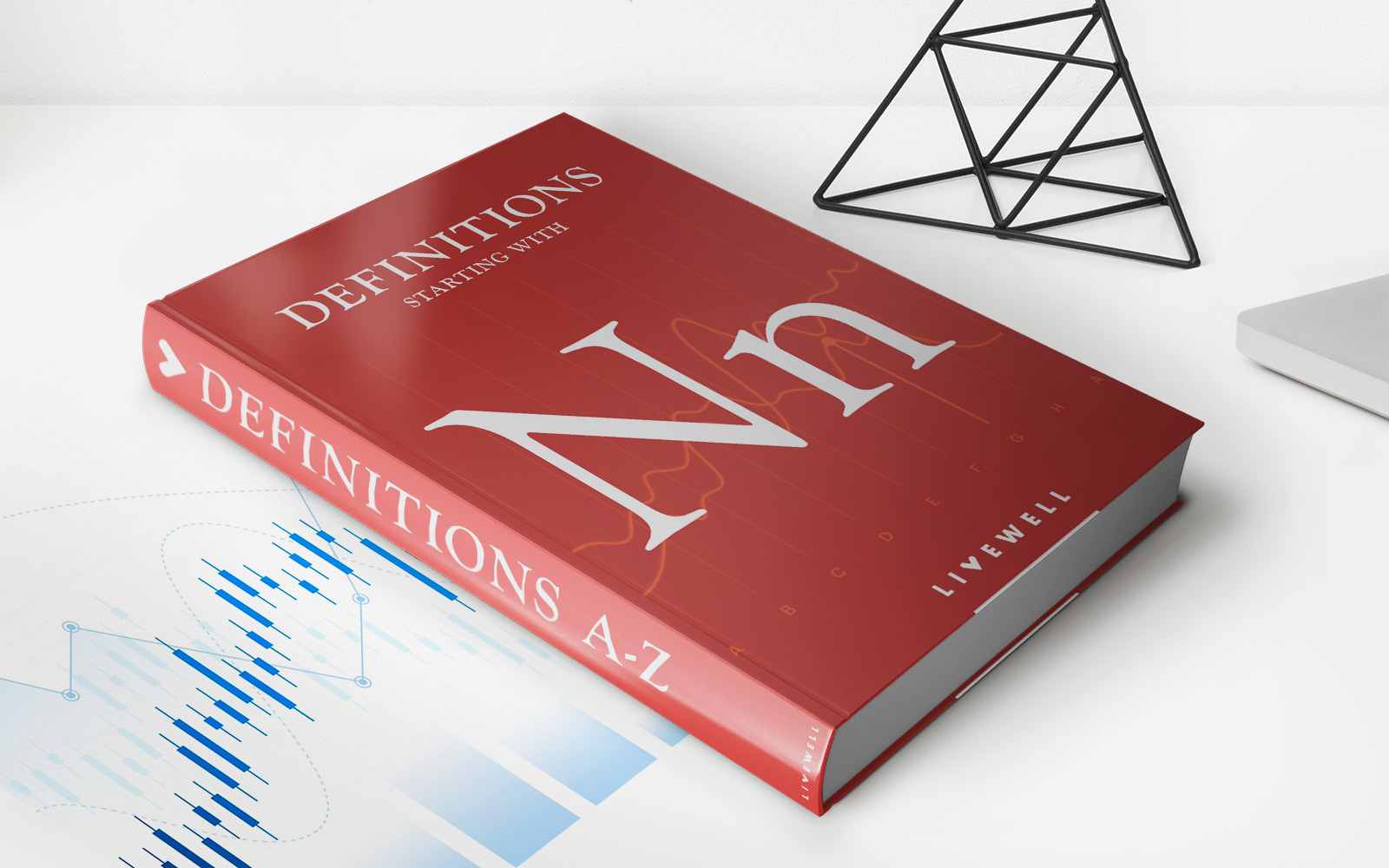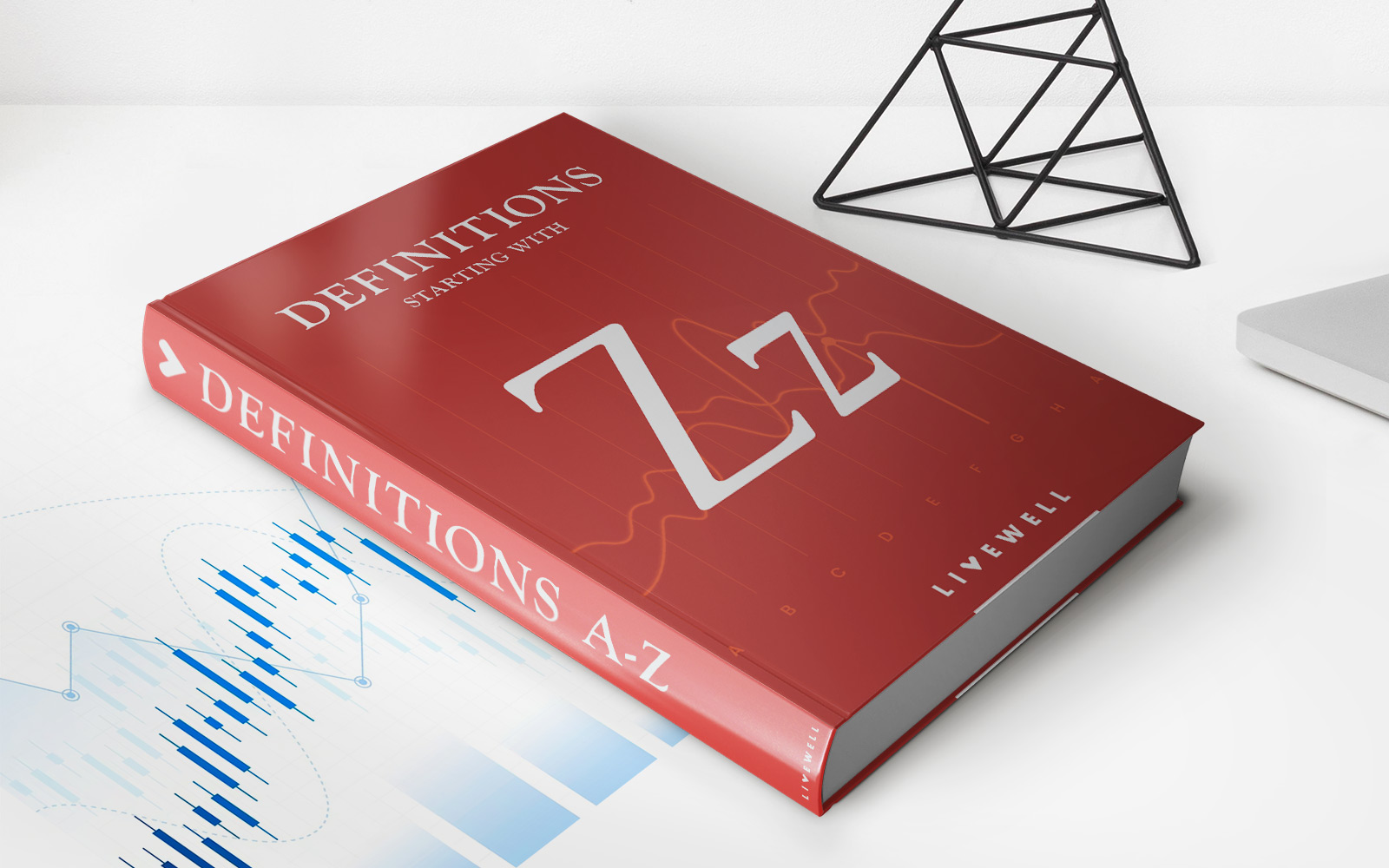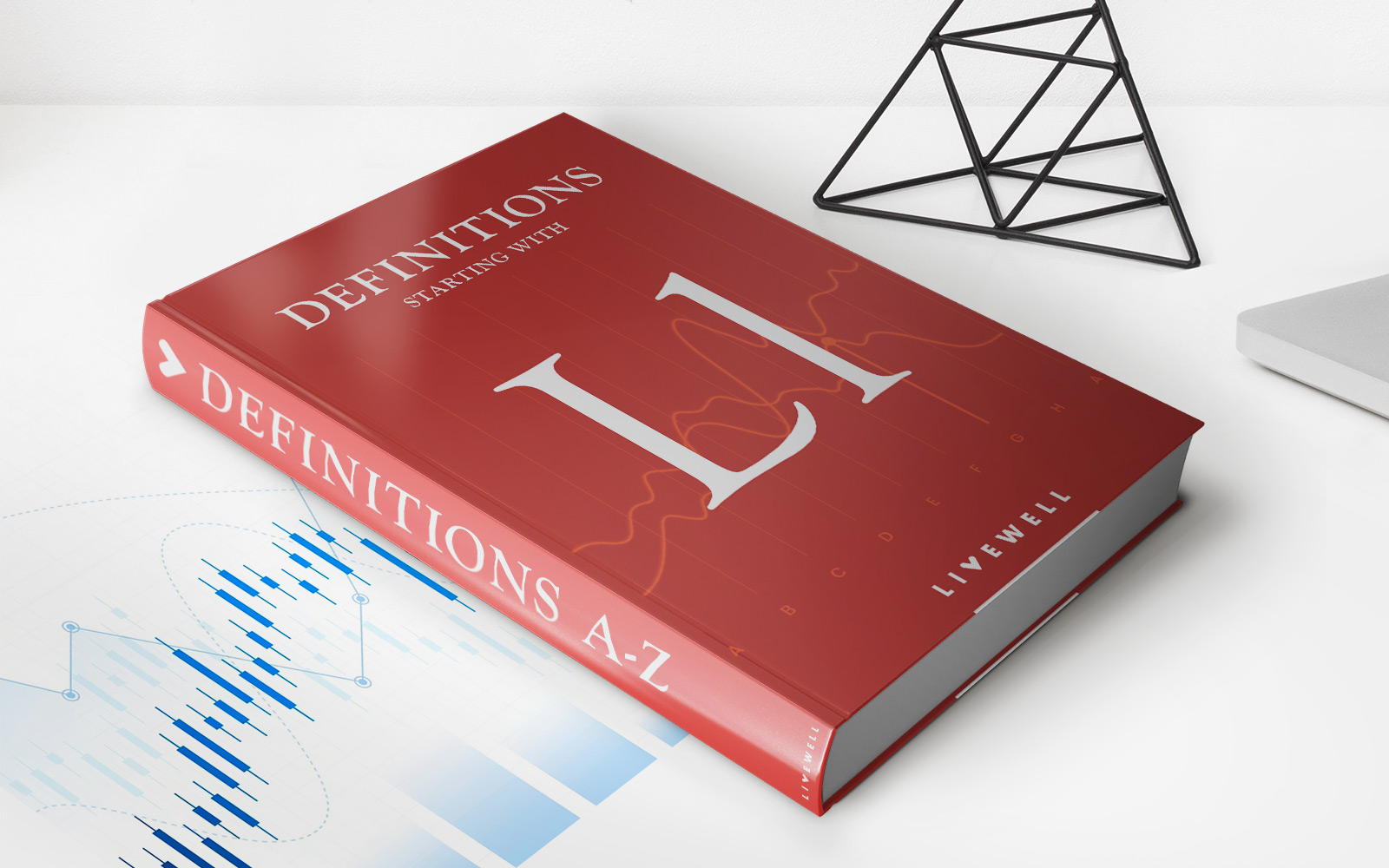Home>Finance>V-Shaped Recovery: Definition, Characteristics, Examples
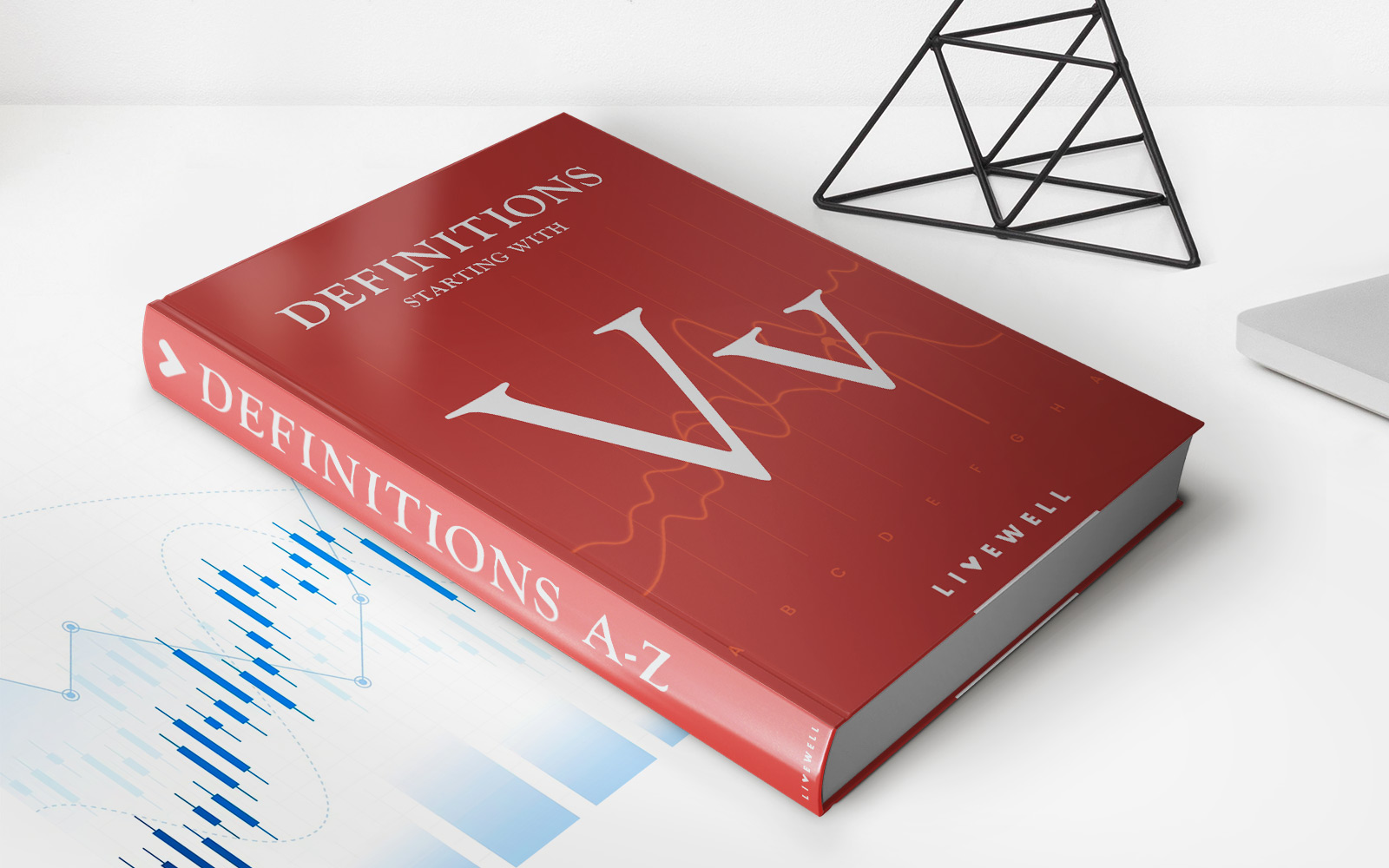

Finance
V-Shaped Recovery: Definition, Characteristics, Examples
Published: February 15, 2024
Learn about the definition, characteristics, and examples of the V-shaped recovery in finance. Discover how this recovery pattern can impact the financial market.
(Many of the links in this article redirect to a specific reviewed product. Your purchase of these products through affiliate links helps to generate commission for LiveWell, at no extra cost. Learn more)
The V-Shaped Recovery: Definition, Characteristics, Examples
Welcome to our Finance category, where we dive deep into the world of economics, investments, and financial strategies. Today, we are going to demystify the concept of V-Shaped Recovery. If you’ve been wondering about the economic buzzwords that are often used during times of crisis, you’ll definitely want to stick around for this one!
Key Takeaways:
- A V-Shaped Recovery refers to a quick and steep economic decline, followed by an equally rapid recovery.
- It is characterized by sharp drops in various economic indicators, such as GDP, employment rates, and consumer spending.
Now, let’s get down to business and understand what a V-Shaped Recovery exactly entails.
What is a V-Shaped Recovery?
In simple terms, a V-Shaped Recovery is an economic rebound that resembles the shape of the letter “V”. It describes a sharp and rapid decline in economic indicators, swiftly followed by a quick and equally dramatic recovery.
This type of recovery is often associated with the aftermath of a crisis or recession, where the economy experiences a sharp downturn, but subsequently recovers much faster than anticipated.
Characteristics of a V-Shaped Recovery
While every economic recovery is unique, there are certain characteristics that are commonly associated with a V-Shaped Recovery:
- Rapid Decline: A V-Shaped Recovery is preceded by a steep and sudden decline in economic performance. This could be triggered by various factors such as a financial crisis, natural disaster, or global pandemic.
- Quick Rebound: After hitting rock bottom, the economy bounces back robustly, with strong growth rates and rapid improvements across various economic indicators.
- Increased Consumer Confidence: As the economy starts to recover, consumer confidence grows, leading to increased spending and investments.
- Improved Employment Rates: As businesses regain strength, they begin to rehire and create new job opportunities, leading to lower unemployment rates.
- Market Optimism: A V-Shaped Recovery often sparks optimism in financial markets, leading to increased investments and a positive business outlook.
Examples of V-Shaped Recoveries
Now that we understand the characteristics, let’s take a look at a few real-life examples of V-Shaped Recoveries:
- Global Financial Crisis (2008): Following the financial crisis, many economies experienced a sharp downturn, but ultimately rebounded quickly. Governments and central banks implemented various measures such as stimulus packages and quantitative easing to accelerate the recovery.
- COVID-19 Pandemic (2020): Despite the ongoing challenges posed by the pandemic, several countries have demonstrated signs of a V-Shaped Recovery. This was fueled by government support programs, vaccine rollouts, and pent-up consumer demand.
It’s important to note that while V-Shaped Recoveries can be a positive sign for short-term economic growth, they may not solve all underlying structural issues or address long-term economic disparities.
So there you have it! A comprehensive look at the V-Shaped Recovery – an economic phenomenon that captures the imagination during challenging times. Remember, understanding these concepts is crucial for navigating the ever-changing financial landscape.
If you found this article informative, make sure to check out our other finance-related content as well. We are committed to providing valuable insights that can help you make informed financial decisions.
